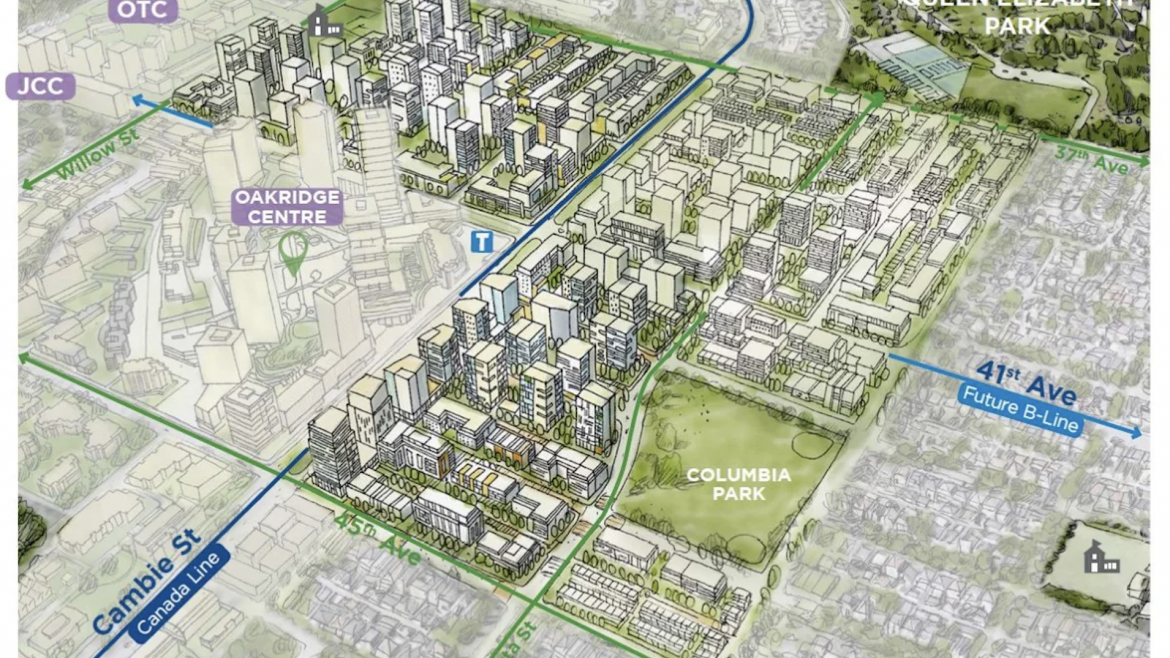West Point Grey
West Point Grey is one of Vancouver’s older neighbourhoods, with many long-time residents. The area is known for two of the city’s popular beaches, Jericho Beach and Spanish Banks. Both beaches are great for watching the sunset, over English Bay and the mountains. Point Grey Village serves as the area’s shopping district, where many independently owned businesses contribute to a village-like atmosphere. West Point Grey runs along English Bay, between the University of British Columbia and Kitsilano.
West Point Grey is home to the Jericho Lands, composed of two parcels of land with a total area of 36 hectares (90 acres). In a historic agreement in 2014, the larger eastern parcel was acquired by a joint ownership group composed of the Musqueam, Squamish, and Tsleil-Waututh Nations and Canada Lands Company. In 2016, the Musqueam, Squamish, and Tsleil-Waututh Nations partnership acquired the smaller western parcel from the provincial government. The entire area is slated for redevelopment and initial public engagement began in March 2019 in conjunction with the City of Vancouver.
Neighbourhood history and heritage
The local Musqueam people lived here in the ancient village of Ee’yullmough and the earliest modern immigrants were attracted to the site as well. Spaniard Jose Narvaez and his crew rediscovered it in 1791 and named it Langara Point.





















